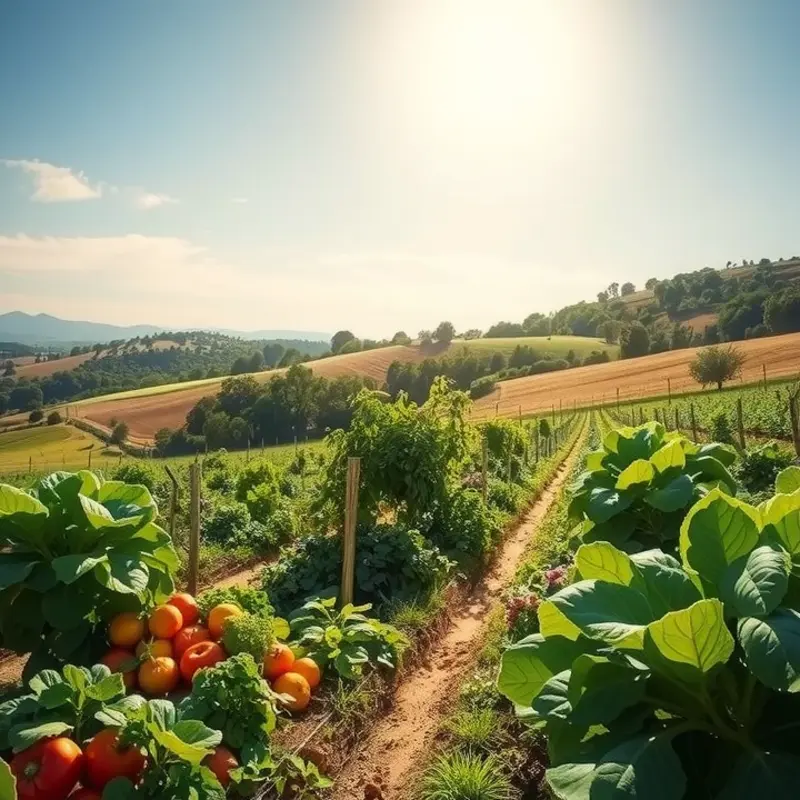Food waste is a pressing issue, affecting both households and the environment. By understanding how to extend the shelf life of your food, you can reduce waste, save money, and ensure that you always have fresh ingredients at your fingertips. Implementing practical storage techniques and food management practices will empower you to enjoy your food longer and minimize spoilage. Dive into these actionable steps to keep your pantry stocked and your meals vibrant.
Understanding Expiration Dates and Labels

To effectively manage food in your kitchen, it’s essential to grasp the meaning behind expiration dates and labels. These markings help determine how long items are safe to consume and can significantly influence food management and waste reduction.
Understanding food labeling starts with distinguishing between “best by,” “sell by,” and “use by” dates. Each has a different purpose and guides both retailers and consumers differently in handling food products.
Best By: Often suggested by manufacturers, this date refers to the period the product is expected to maintain peak quality. Consuming food after this date might not endanger safety, but quality might not be at its best. For items like crackers or pasta, texture and flavor might slightly decline but remain safe for a reasonable period beyond the listed date.
Sell By: Primarily aimed at retailers, the “sell by” date indicates how long a product should be displayed for sale. However, it’s not a strict indicator of product expiration. Consumers can usually consume products several days or even weeks beyond this date, provided they’ve been stored correctly.
Use By: The most important for safety, this date tells the consumer the last day the product is expected to be safe to consume at its peak quality. Particularly vital for perishable items like dairy and meat, adhering to this date reduces the risk of foodborne illnesses.
While understanding date labels helps, storing items appropriately is equally critical. Temperature plays a crucial role in food longevity. For instance, refrigeration slows down bacterial growth, extending the shelf life of perishables. Dairy products, meats, and eggs benefit significantly when kept consistently cool, minimizing health risks.
Ambient products, like grains and packaged snacks, thrive when stored in cool, dry places. Conversely, items such as onions and potatoes should be stored in ventilated spaces, preventing spoilage due to moisture buildup. Freezing is another great technique for preservation. Many foods like meats and certain vegetables maintain their quality when frozen promptly. Foods such as the fulfilling, creamy garlic butter chicken, like those found in low-carb recipes, can be prepared in larger batches and frozen for future enjoyment.
Recognizing the combination of understanding labels and proper storage can drastically decrease food waste. Whether it’s improved refrigeration or strategic pantry placement, these practices ensure food remains fresher longer, fostering both safety and enjoyment. Adapting these strategies helps stretch grocery budgets and promotes sustainability by cutting down on the needless disposal of still-edible foods.
Smart Storage Techniques for Every Food Type

Storing food smartly can significantly extend its shelf life, allowing us to enjoy fresh ingredients for longer and reduce waste. Different food types have distinct needs when it comes to storage. Let’s delve into the best practices for keeping produce, dairy, grains, and meats fresh.
Produce:
Fruits and vegetables require careful handling and storage to maintain their freshness. Leafy greens remain crisp longer when stored in a perforated bag in the crisper drawer of the refrigerator. This setting provides the right humidity level to prevent leaves from wilting. Root vegetables like potatoes and onions should be kept in a cool, dark place but separated from each other to prevent spoilage due to ethylene gas production.
Tomatoes are best stored at room temperature and should never be refrigerated, as cold temperatures can diminish their flavor. Berries benefit from a quick vinegar rinse—mix one part vinegar with three parts water—to kill mold spores before storing them in the refrigerator.
Dairy:
Dairy products are prone to spoilage, requiring specific conditions to maximize their shelf life. Keep milk and cream in the coldest part of your refrigerator, usually a back corner. Cheese should be wrapped in wax or parchment paper before being placed in a loosely sealed plastic bag, allowing it to breathe while preventing excess moisture.
For more long-term preservation, consider freezing dairy products. Grated cheese freezes well, preserving its flavor and texture. Yogurt can also be frozen, although the texture might change slightly when thawed, making it more suited for smoothies.
Grains:
Grains like rice, quinoa, and flour benefit from being stored in airtight containers to protect them from moisture and pests. Choose glass or BPA-free plastic containers with tight-fitting lids. Whole grains with higher oil content, such as brown rice, should be stored in the refrigerator to prevent rancidity.
For those interested in extending the shelf life of grains even further, consider vacuum-sealing or using oxygen absorbers in containers. These methods create an inhospitable environment for mold and pests.
Meats:
Proper storage of meats is essential for both safety and taste. Fresh meats should be stored in their original packaging in the coldest part of the fridge. If you plan to keep them longer than a few days, freezing is the best option.
Wrap meats tightly in plastic wrap followed by aluminum foil to prevent freezer burn and ensure freshness. Before cooking, move meats from the freezer to the fridge to defrost slowly, maintaining their texture and flavor. For a more convenient approach to meals, consider preparing dishes like a creamy garlic butter chicken and freezing them in portions.
Preservation Techniques:
Beyond storing, techniques like freezing, canning, and fermenting can play a crucial role in food preservation. Freezing is the most straightforward, perfect for an array of foods from herbs to complete meals. Canning involves sealing foods in airtight containers and then heating them to destroy bacteria, suitable for preserving seasonal produce like tomatoes.
Fermenting, on the other hand, uses naturally occurring lactic acid bacteria to preserve foods, creating items like sauerkraut and kimchi. This method not only extends shelf life but also adds beneficial probiotics to the diet.
By understanding the individual needs of different food types and employing smart storage techniques, we can greatly reduce food waste while enjoying fresh flavors and nourishing meals longer.
Final words
Implementing these shelf life extension tips can dramatically change your kitchen experience. By recognizing expiration label meanings and adapting your storage techniques, you can significantly improve your food management practices, reducing waste and expenses. Remember, fresh ingredients lead to healthier meals and a greener environment. Take these practical steps today to create a thriving kitchen that respects both your wallet and the planet.







